Throughout automotive history, some cars have captured the imagination of enthusiasts, only to fade away into obscurity. Whether it was due to production issues, market misjudgments, or just plain bad luck, these classic models have largely vanished without a trace. Here are five notable examples that left their mark, even if only briefly.
Tucker 48

The Tucker 48, produced in 1948, is perhaps one of the most intriguing stories in automotive history. Designed by Preston Tucker, this innovative vehicle featured advanced safety features and a distinctive design that set it apart from its contemporaries. Unfortunately, only 51 units were produced before the company faced financial difficulties and ultimately ceased operations. The Tucker 48 remains a symbol of what could have been, often discussed in classic car circles.
Today, the Tucker 48 is a sought-after collector’s item, with some models fetching over $1 million at auction. Its unique features, such as a rear-engine layout and a third headlight for improved visibility, make it a fascinating case study in automotive design.
DeLorean DMC-12
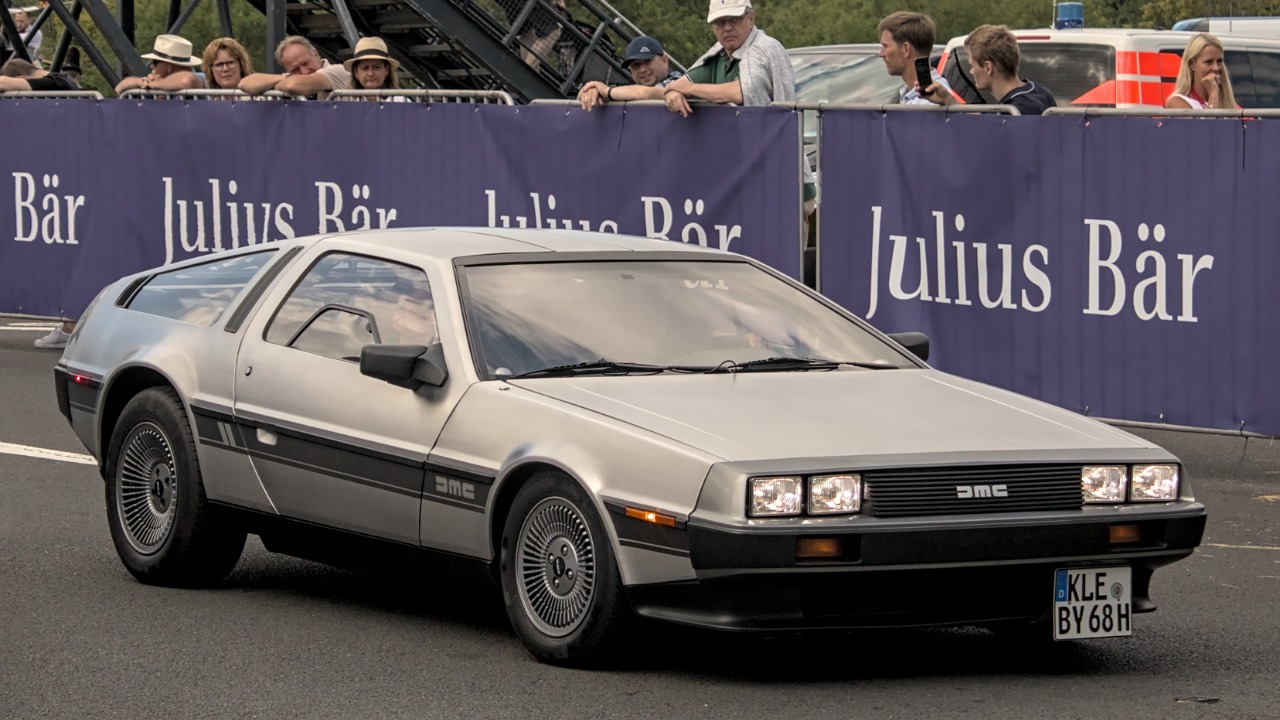
Introduced in 1981, the DeLorean DMC-12 is often remembered for its iconic gull-wing doors and its role in the “Back to the Future” film series. Despite its futuristic design and stainless steel exterior, the DMC-12 struggled with production delays and quality control issues. The company went bankrupt in 1982, leaving behind a mere 9,000 units produced in total.
The DeLorean’s legacy persists as a pop culture icon, often associated with the notion of time travel. Although the original company is long gone, the DeLorean has become a symbol of ambition and the unpredictable nature of automotive success. Enthusiasts continue to restore and modify these vehicles, keeping the legend alive in car shows and online communities, where you can find discussions about its unique features and history.
Plymouth Prowler

The Plymouth Prowler, produced from 1997 to 2002, was an attempt to revive the classic American roadster. With its retro design and exposed front wheels, the Prowler turned heads, but it ultimately fell short in sales. While it was praised for its styling and handling, the Prowler’s performance and price point didn’t resonate with a broad audience, leading to its early discontinuation.
Only about 11,000 units were manufactured, making it a rare sight on the roads today. Enthusiasts often appreciate the Prowler for its unique design and quirky aesthetics. It represents a time when automakers were experimenting with nostalgic styles, and it remains a favorite among collectors looking for something different to add to their garages.
Pontiac Aztek

The Pontiac Aztek, produced from 2001 to 2005, is frequently cited as one of the most controversial designs in automotive history. With its unusual styling, the Aztek was intended to appeal to adventurous buyers seeking a blend of SUV and minivan features. Unfortunately, its polarizing aesthetics led to poor sales, with only around 100,000 units sold during its production run.
Despite its initial backlash, the Aztek has since developed a cult following, often appreciated for its innovative features like a built-in cooler and removable rear seats. It serves as a reminder of how public perception can evolve over time in the automotive world, and its quirky design continues to spark conversations among car enthusiasts.
Ford Pinto

The Ford Pinto, produced between 1971 and 1980, is notorious for its safety controversies, primarily related to its fuel tank design. While it was one of the first subcompacts in America and initially enjoyed strong sales, the negative publicity surrounding safety concerns led to a significant decline in consumer trust. Ford produced over 3 million Pintos before ceasing production, but the reputation of the car was irreversibly damaged.
Today, the Pinto serves as a case study in automotive safety regulations and the ethical responsibilities of manufacturers. Its story is often referenced in discussions about corporate decision-making and public safety. While it may have disappeared from showrooms, its legacy continues to influence automotive design and policy.
Like Fast Lane Only’s content? Be sure to follow us.
Here’s more from us:
*Created with AI assistance and editor review.

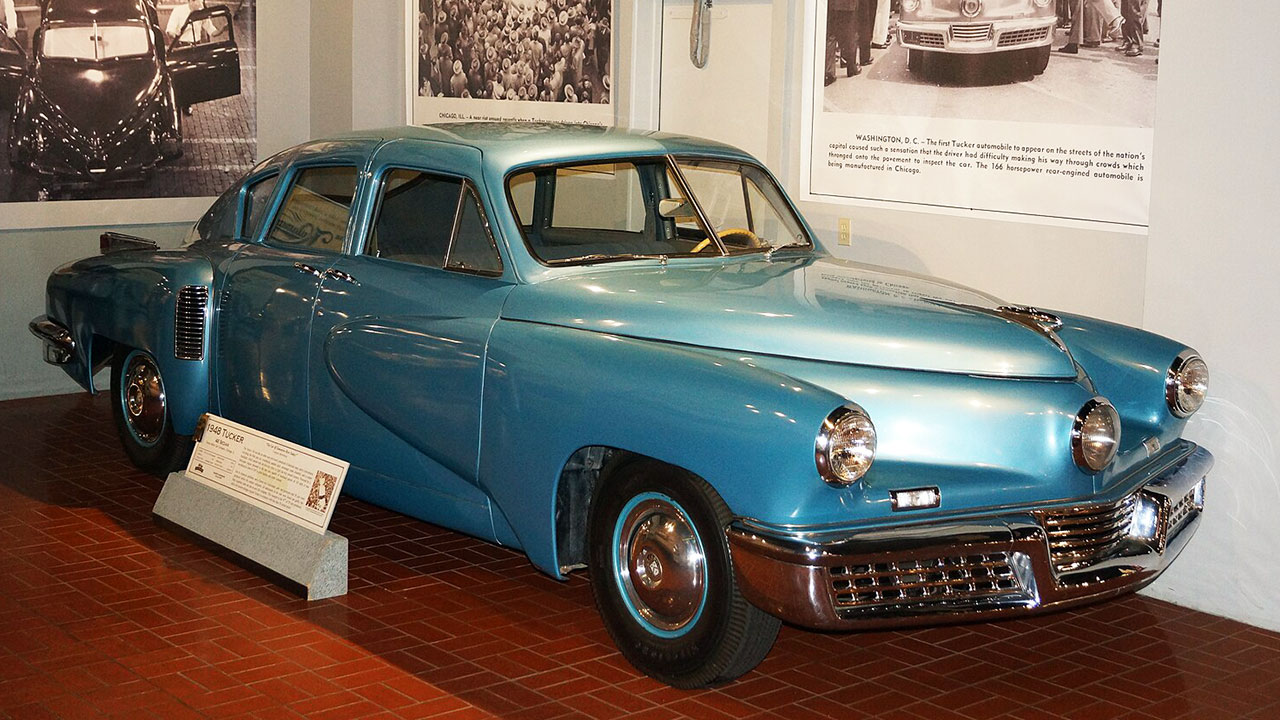
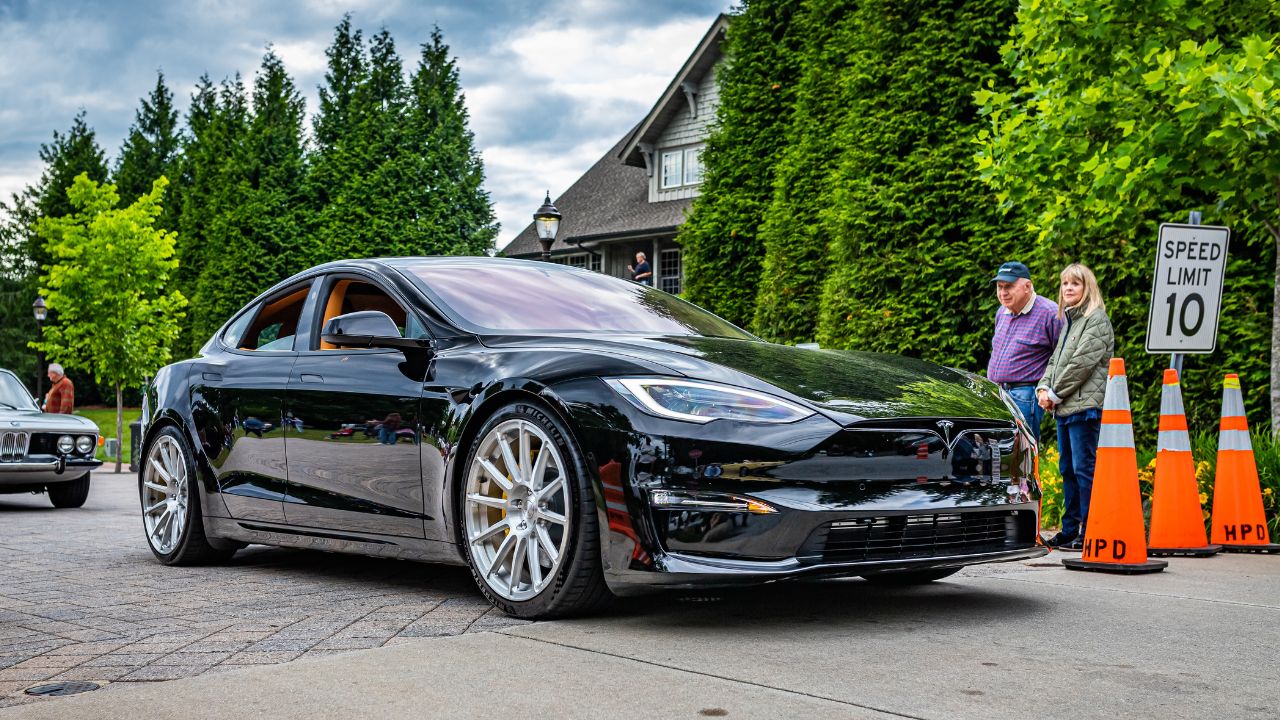

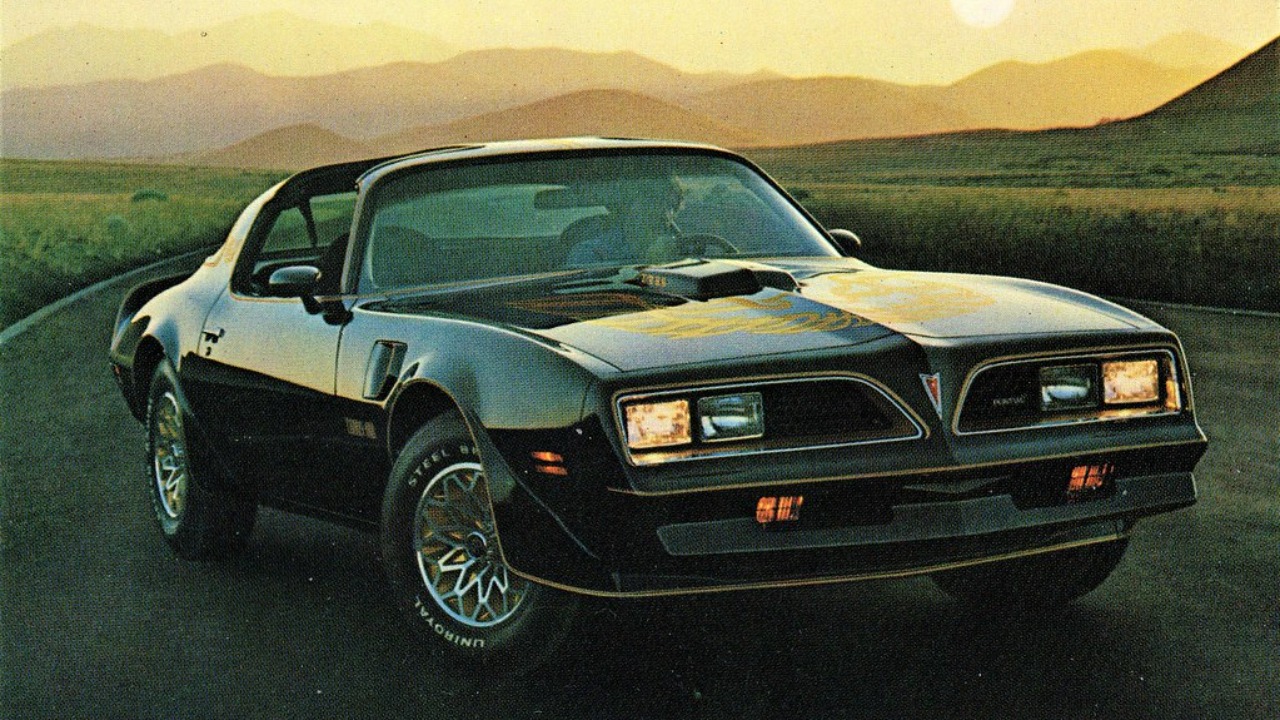
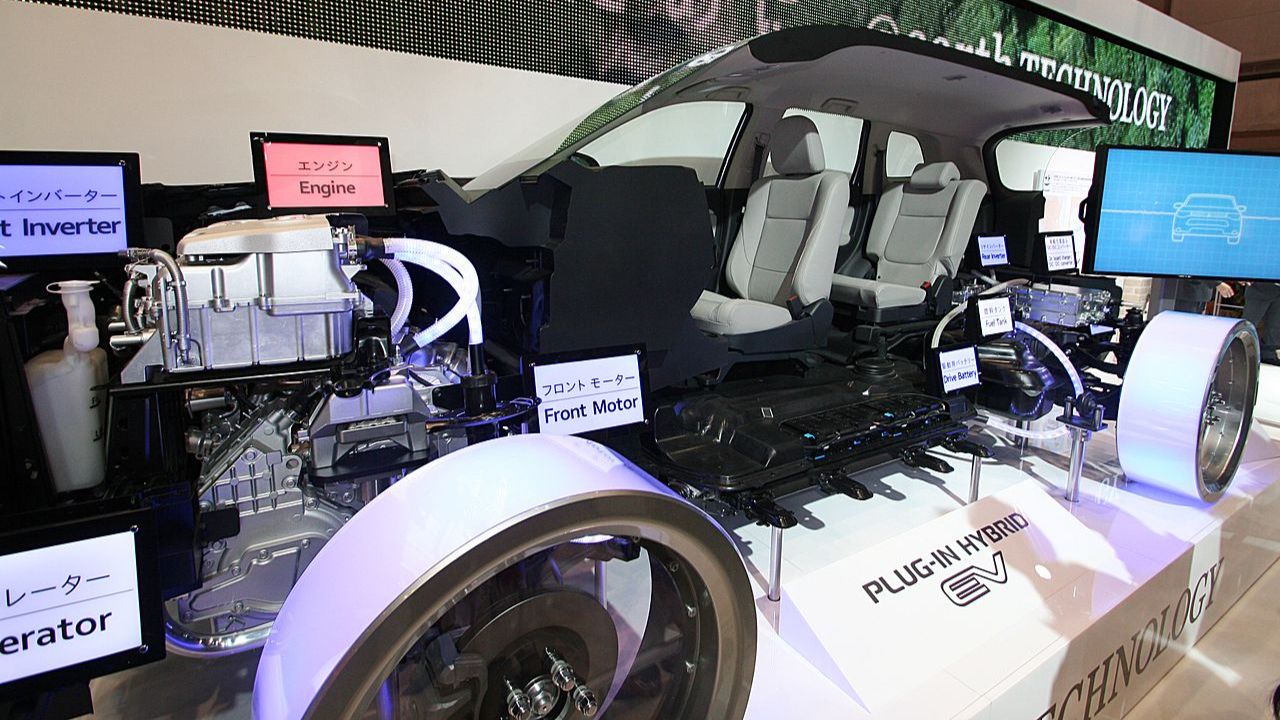
Leave a Reply